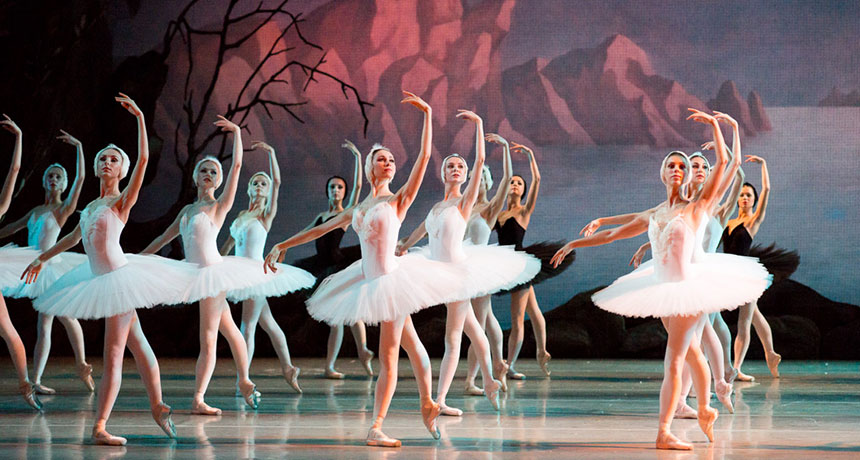Synchronized dancing boosts pain tolerance

The idea that dancing as a form of exercise can increase endorphin levels in the nervous system isn't new. Performing coordinated dance moves as a group can have a similar effect, researchers suggest.
Jack Devant/Flickr (CC BY-NC 2.0)







